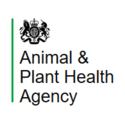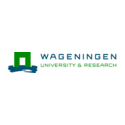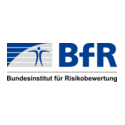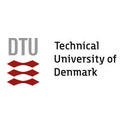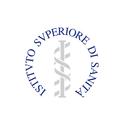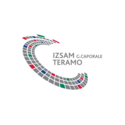In short
Antimicrobial resistance (AMR) constitutes a big threat for public health, as it may lead to pathogen treatment failure. Current AMR and pathogen detection is primarily reliant on classical bacterial culture techniques, which may be slow. This project develops new tools for on-site, real-time detection of resistant pathogens found within a sample matrix representing the One Health context, i.e. humans, animals and the environment, using DNA long-read sequencing. These methods can be used among EU laboratories to rapidly supply on-site diagnostic answers so that appropriate and timely interventions can be applied or an enhanced output for surveillance purposes can be provided.
Project description
On-site and real-time analysis requires :
- independence from culturing techniques to facilitate rapid interventions, especially during outbreaks.
- robust protocols using minimal technical equipment that can be used outside of the normal laboratory environment.
Metagenomic sequencing using short-read data can detect the composition of microbial communities for the assessment of potential pathogens and AMR or virulence genes, which could become an invaluable diagnostic tool. However, short-read technologies cannot reliably associate individual genes in a community to specific organisms and is a potential limitation for detecting AMR in pathogens.
The FARMED project aims to address these issues by using the Oxford Nanopore Technologies (ONT) MinION, comparing this technology to other metagenomic sequencing technologies, and assessing its ability for diagnostic use on a range of sample matrices within both the laboratory and the field. Using long-read metagenomic sequencing, the local genetic context of AMR genes can be derived, and as such, the presence of the AMR genes can be attributed to specific species and plasmids, within the bacterial community. This technology enables the identification of a plethora of bacterial species and linkage of particular species to a range of AMR genes.
This project also aims to :
- create harmonised protocols for on-site metagenomic DNA extraction and sequencing library preparation on the MinION
- develop efficient real-time bioinformatics mapping strategies that identify the origin of the genetic context of AMR genes
- identify the host bacterial species to enable specific pathogen detection.
- investigate and establish best practice for ‘off-site’ analysis of plasmid sequences by comparing metagenomics with purified isolates
- compare the use of long-read and short-read data, as well as a combination of the technologies such as Hi-C, to assemble complete plasmids from metagenomics data. Hi-C sequencing is a novel method that uses proximity ligation of DNA molecules to determine the genetic context of AMR genes in relation to linkage to the bacterial host chromosome. Defined communities, containing isolates harbouring known plasmids, will be used to determine whether plasmid sequences can be derived from these metagenomic data.
The wet and dry lab methodologies and tools emerging from FARMED will be highly attractive and imminently applicable to a wide range of users beyond the consortium, to rapidly monitor AMR present in pathogens in many different environments. The outputs of the FARMED project will contribute to development and harmonisation of novel protocols among EU laboratories for the rapid and on-site detection of AMR in humans, animals and the environment. We envisage this technique will be especially useful in low or middle-income countries where the burden of pathogen occurrence and AMR may be high but there is limited access to specialist or even ‘standard’ laboratory equipment for diagnosis.
Sciensano's project investigator(s):
Service(s) working on this project
Partners
